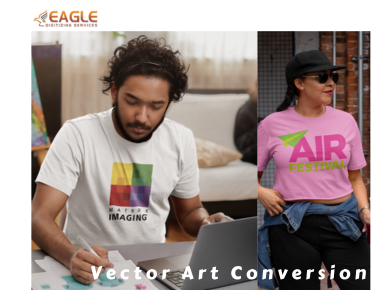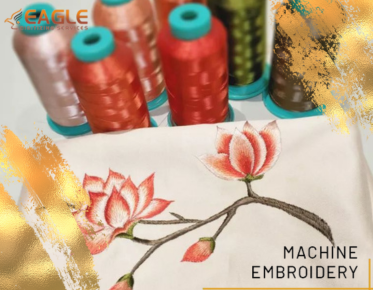Optimizing Vector Graphics for Faster Website Loading Speeds
In the digital age, where seconds can significantly impact user experience and conversion rates, optimizing website performance is crucial. Vector graphics are key assets for enhancing visual appeal without compromising on speed. They are scalable and maintain clarity at various sizes, making them ideal for responsive design. However, to truly harness their potential, certain optimization techniques must be employed.
Understanding Vector Graphics
Vector graphics are images created using paths defined by mathematical equations, unlike raster graphics which are pixel-based. This fundamental difference grants vector graphics scalability, ensuring they remain sharp regardless of size. Common formats include SVG, EPS, and AI. These formats are particularly beneficial for web use because they are usually smaller in size and load faster than raster images.
Benefits of Using Vector Graphics
Vector graphics offer several advantages for web design. They are lightweight, which enhances page loading times and minimizes bandwidth consumption. Additionally, vectors are resolution-independent, providing high-quality visuals on any device. Their ability to be animated further extends their functionality in modern web effects. Also, they facilitate easier online vector conversion ensuring that designs can be translated into various marketing materials effortlessly.
Optimization Techniques for Vector Graphics
To ensure your vector graphics contribute to a faster website, several optimization steps can be implemented:
- Simplify Your Vectors: Reducing the complexity of your vectors by minimizing the number of nodes and curves can decrease file size significantly. Tools like Adobe Illustrator offer options for simplifying vector paths without sacrificing quality.
- Use SVG Files Wisely: SVG files should be used when appropriate. They are highly compressible and can be manipulated with CSS and JavaScript for animations, allowing a dynamic and interactive user experience.
- Compress Vector Files: Tools such as SVGO can be used to compress and remove unnecessary metadata from SVG files, which helps in reducing file size further.
- Leverage Lazy Loading: Implement lazy loading to defer loading off-screen vector images until they are needed. This reduces the initial load time significantly.
- Utilize CSS3 for Basic Shapes: Whenever possible, use CSS to create simple shapes or icons rather than embedding them as vector graphics. This can save space and improve load times.
Vector Graphics Optimization Tools
Some tools and services are invaluable for optimizing vector graphics:
- Adobe Illustrator: A powerful tool for creating and simplifying vector graphics.
- SVGO: A node.js-based tool for optimizing SVG files' size.
- Inkscape: A free vector graphic software that offers several optimization features.
- VectorMagic: Online service for high-quality vector conversions and optimizations.
Role of Eagle Digitizing in Vector Optimization
Eagle Digitizing plays a pivotal role in delivering high-quality vector graphics optimized for web performance. Their advanced technologies in vector conversion services enable businesses to convert intricate designs into clean and scalable vectors suited for faster loading times. With a dedicated team skilled in raster to vector conversion, they ensure that each design is handled with precision, resulting in high-quality outputs that capture the essence of original artwork.
Additionally, Eagle Digitizing provides custom solutions that cater to varied client needs, from screen printing to online marketing visuals, ensuring that each vector is optimized for speed and performance. Their proficiency in various formats aids in seamless integration into your web environment .
Harnessing Vector Graphics for Future Web Innovations
As web technologies continue to evolve, the use of vector graphics is set to increase. Hybrid solutions that combine responsive design with minimal load speeds are becoming the norm. Vector graphics are central to this movement due to their scalability and efficiency in delivering crisp imagery across devices.
Future advancements in web standards are expected to exploit vector graphics even further, potentially allowing for 3D vector graphics, which could revolutionize how visuals are rendered and perceived online. Therefore, mastering the optimization of vector graphics today not only enhances current web experiences but also positions businesses at the forefront of digital innovation.
Optimizing vector graphics is more than a technical requirement; it is a strategic component of modern web design aimed at reducing load times without compromising on quality. By embracing these techniques and tools, businesses can significantly enhance user experience, ensuring their websites are both fast and visually captivating. Consider reaching out for professional vector services if you aim for precision and high-quality standards in your digital assets.


.png)
